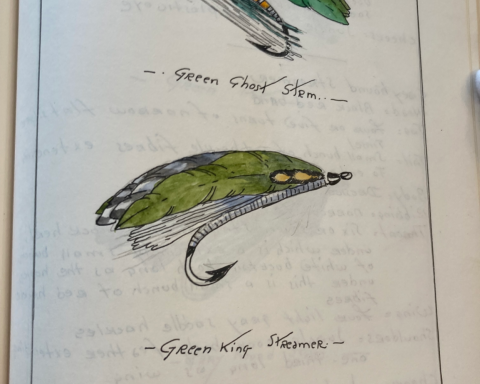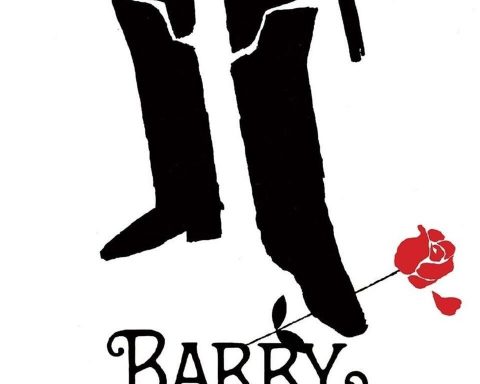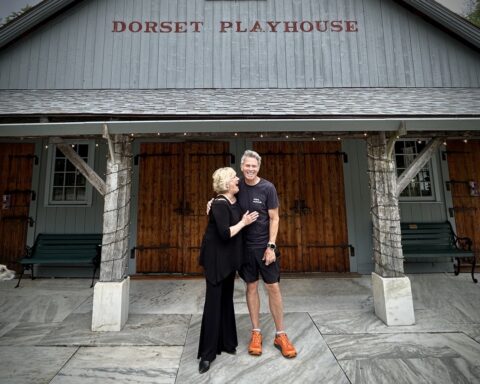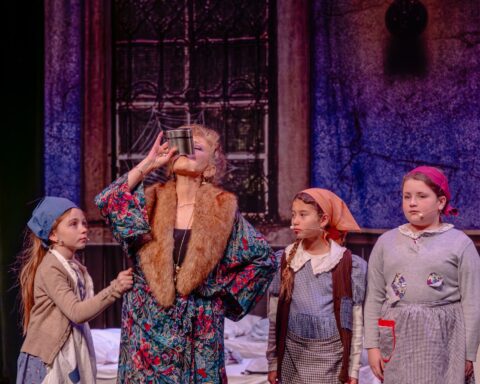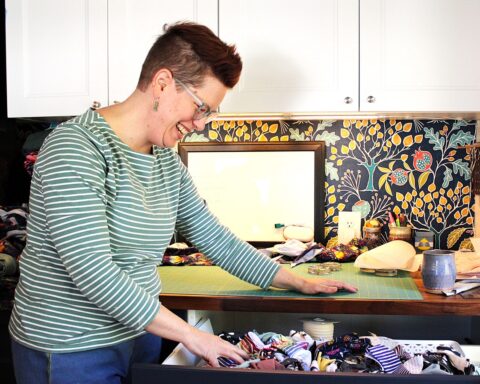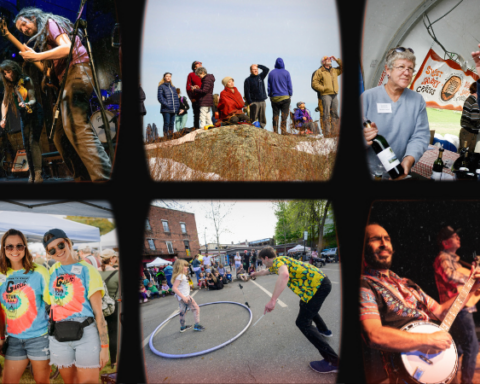The rise and fall of spiritualism in Vermont
By Lex Lecce
Vermont Country
Spiritualism is a religious movement that was built on two basic beliefs. One, that contact with spirits is possible, and two, that spirits are more advanced than people. Spiritualists believed that there is a life after death, and that life is connected to this one.
The movement was at its peak from the 1840s to the 1920s. The phenomena took over mostly English-speaking countries, and most of its followers were in the middle or upper classes of society.
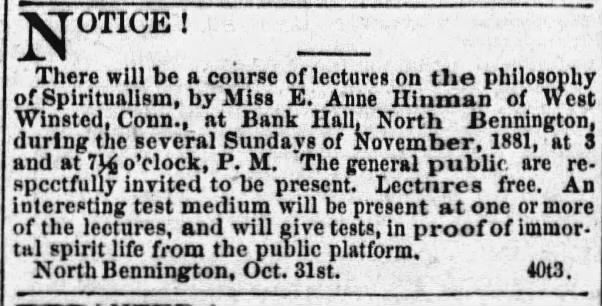
Most people today think of spiritualism as some hokey, failed religion that only impacted a small group of people in the U.S., but the reality is that spiritualism had a following of over 8 million people by the 1900s.
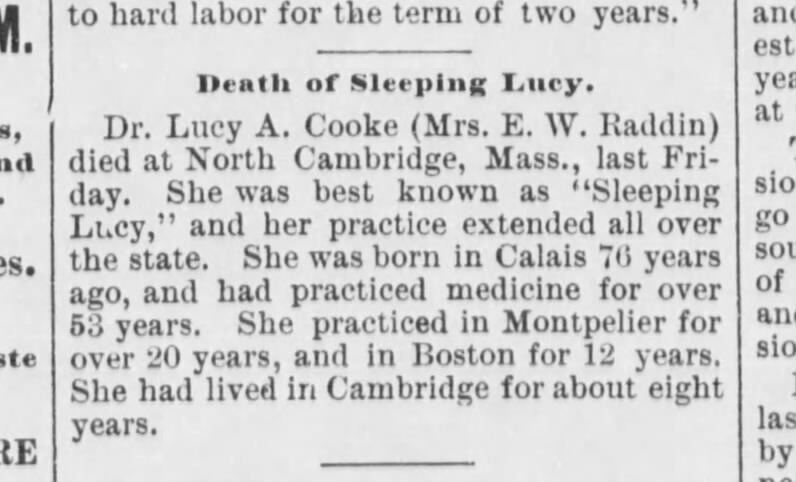
By 1857, the Bennington Banner reported, “in Vermont alone, seventy Churches, built by, or embracing nearly all sects, have been opened for the use of spiritualists.” That’s right: Seventy churches in the great state of Vermont welcomed the practices of spiritualism with open arms, proving the widespread nature of the religion.
That year, the Banner also reported on the existence of “un-believers” in Middlebury who turned away from the “great and noble truths of spiritualism.” The report said a church in the town stood in the way of the religion. By 1871, Middlebury’s Rev. A. F. Bailey would write a column on spiritualism for the local paper.
The Vermont Gazette started picking up on individuals throughout the state that moved the religion forward, including a 10-year-old medium in Bondville. She was the daughter of a Bondville resident, and her ability to speak to the dead put her in the center of the town’s spiritualism fad.
In 1881, the Bennington Banner started sharing information about lectures on spiritualism that were held at Bank Hall in North Bennington. The notice said an “interesting test medium will be present” at the lecture and will give tests to give “proof of immortal spirit life from the public platform.” Eventually, these would become weekly meetings.
Of course, Vermont also hosted a few spiritualism nay-sayers, determined to prove that spiritualism is a crock of nonsense. Prof. W. W. Dayton would host lectures on the religion and perform a seance — only so he can show how sleight of hand was responsible for the “mystery” of the spirits. The Banner called Dayton the “Prince of Mediums.”
A girl nicknamed “Sleeping Lucy” was the first known trance medium in spiritualism, and she came from Vermont.

The story goes — when she was a small child, Lucy got sick and went into a deep sleep. While she was asleep, she spoke in a loud voice and told the doctors the exact recipe for the medicine that ended up curing her.
Officially known as Mrs. Lucy A. Cooke, Sleeping Lucy was from Montpelier, and she became a “mesmeric physician.” She was one of the first female physicians in the state. She was so well known that, although her husband was also a doctor, he was only known as Lucy’s husband.
The Rutland Herald said, “Mrs. Cooke followed none of the accepted schools of physicians of that time, having a method of her own, which proved to be successful.”
The method Lucy used was to fall into a deep sleep or trance after she was asked for medical advice. In that trance, she would utter the medicine that was necessary to cure her patient’s ailment and her assistant would write it down.
That same article from the Rutland Herald called her “by far the most successful doctor in the town” and said, “Her power defied explanation.”
The Manchester Journal told a story about Lucy in 1874 when a man from the area went to seek Lucy’s help. Without knowing much about the man, he claimed that Lucy described his family “as well as [he] could,” and she “mentioned every accident that occurred to [him] in [his] lifetime.”
Many famous spiritualists were found to be frauds. Fake mediums would levitate tables, expel ectoplasm from their nose and pretend to speak with deceased loved ones for anyone who could afford their divine services. Just like Prof. W. W. Dayton proved long before the decline of spiritualism in the late 1920s, most of it was sleight of hand.
But, not all of them. Lucy was never proven to be a false prophet of spiritualism. Before she died in May of 1895 at the age of 76, Lucy successfully practiced medicine for 53 years, using her non-scientific method.
Lex Lecce — spends most of her time working, but any of her free time is spent with her family — mostly her new husband and cats. Her search history worries her therapist.
